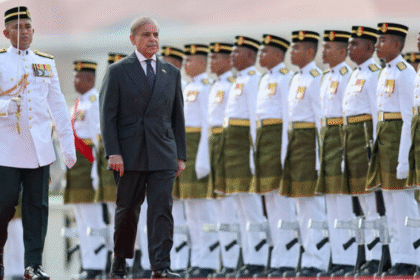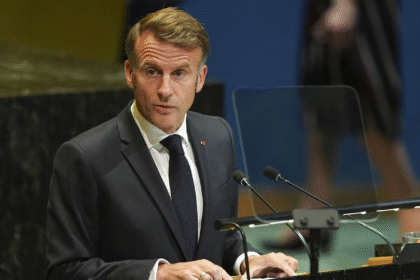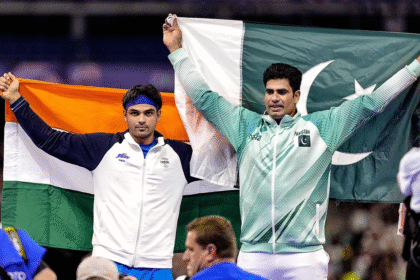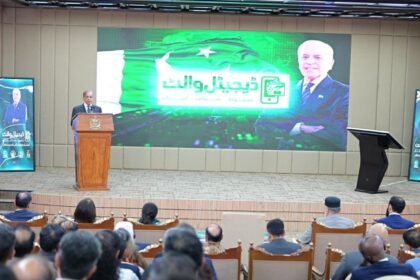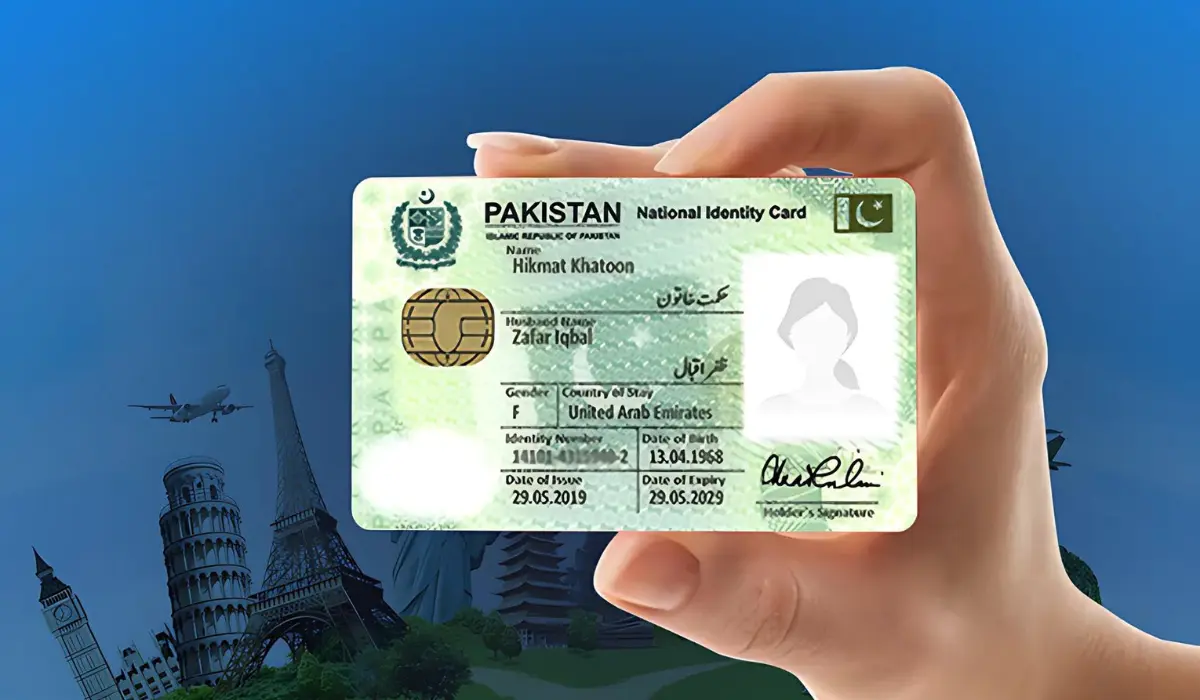Pakistan and Malaysia have signed multiple agreements and memoranda of understanding (MoUs) following high-level talks between Prime Minister Shehbaz Sharif and his Malaysian counterpart Datuk Seri An...
French President Emmanuel Macron has said that US President Donald Trump could only win the Nobel Peace Prize if he successfully mediates and ends the ongoing conflict between Israel and the Palestini...
A Rivalry with Shared Respect and Renewed Tension The men’s javelin final at the upcoming World Athletics Championships in Tokyo is set to be one of the most anticipated events of the year. Pakistan’s...
Ceremony Marks a New EraAt a high-profile event in Islamabad, Prime Minister Shehbaz Sharif officially rolled out 10 million digital wallets for recipients of the Benazir Income Support Programme (BIS...
What if a small handful of nuts could help preserve your memory and mental clarity as you grow older? According to new research, that might not be far from the truth. A team of scientists at the Unive...
A decrease in petroleum product prices appears imminent for Pakistan, starting August 1, as a combination of favorable global oil trends and reduced import premiums drives down the cost of fuel. Accor...
Google CEO Sundar Pichai struck a confident tone during Alphabet’s Q2 earnings call as he praised a new partnership between Google Cloud and OpenAI, the high-profile startup behind ChatGPT. Despite th...
A groundbreaking study from Australia’s Monash University is reshaping the conversation around egg consumption—especially among older adults. Contrary to long-held beliefs linking eggs with high chole...
December Brings Inter-Provincial Games to Islamabad, Showcasing Pakistan’s Athletic Unity The Pakistan Sports Board (PSB) has announced the highly anticipated return of the Inter-Provincial Games, sch...
Understanding NADRA’s NICOP Services for Overseas Pakistanis The National Database and Registration Authority (NADRA) in Pakistan is responsible for issuing the National Identity Card for Overseas Pak...
